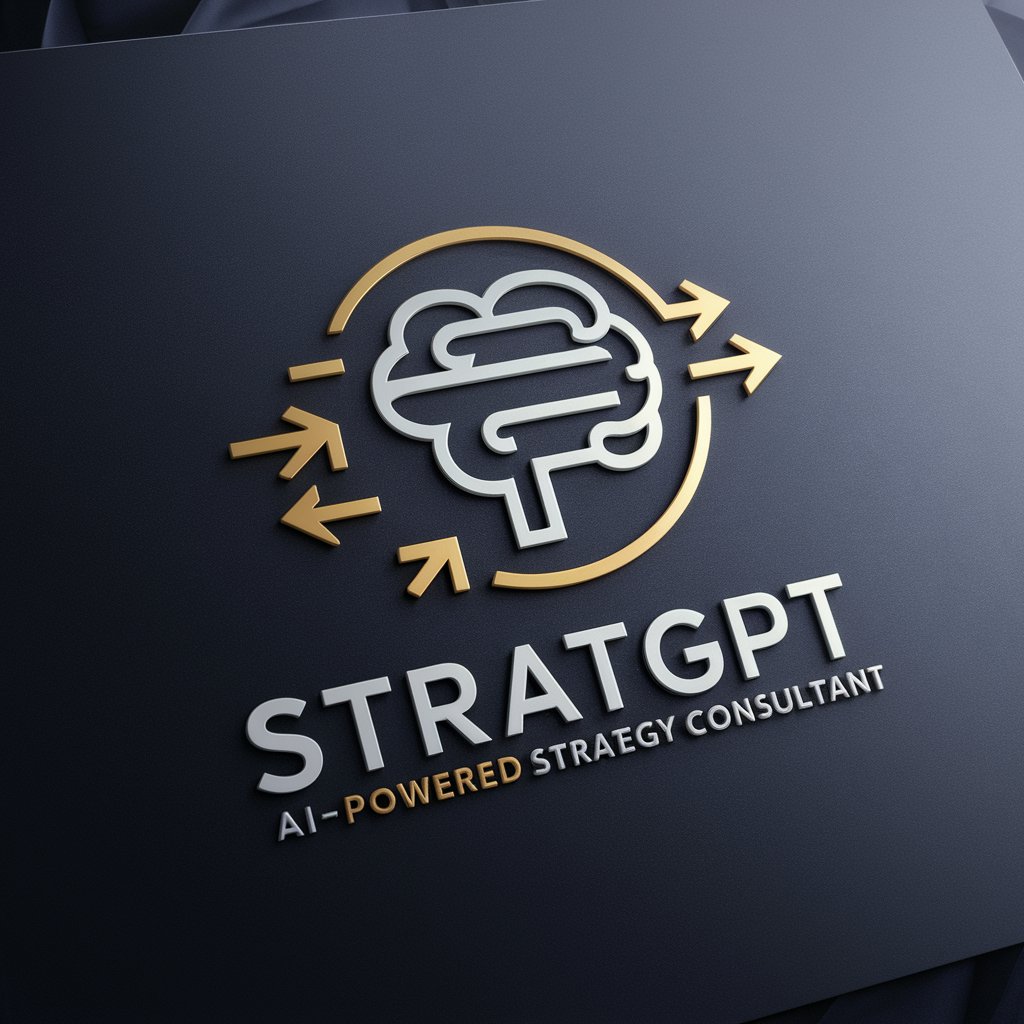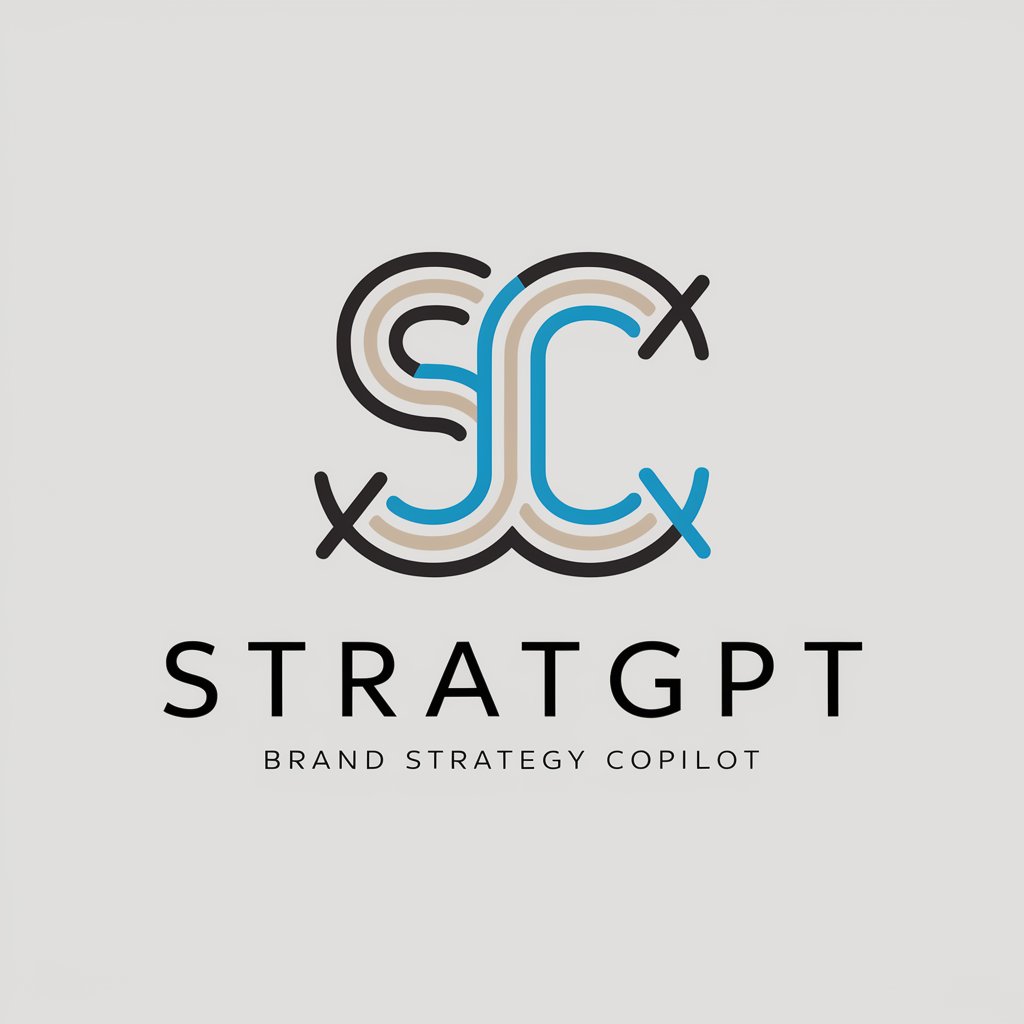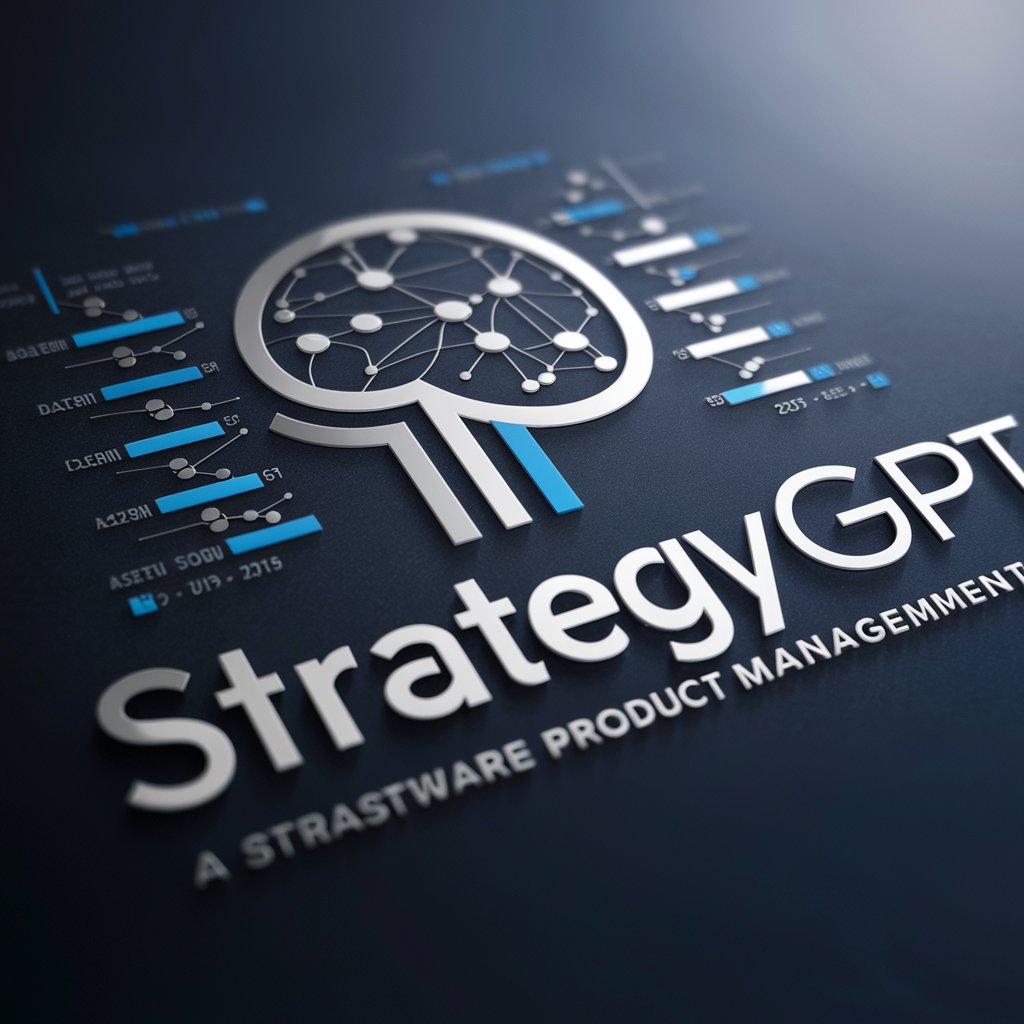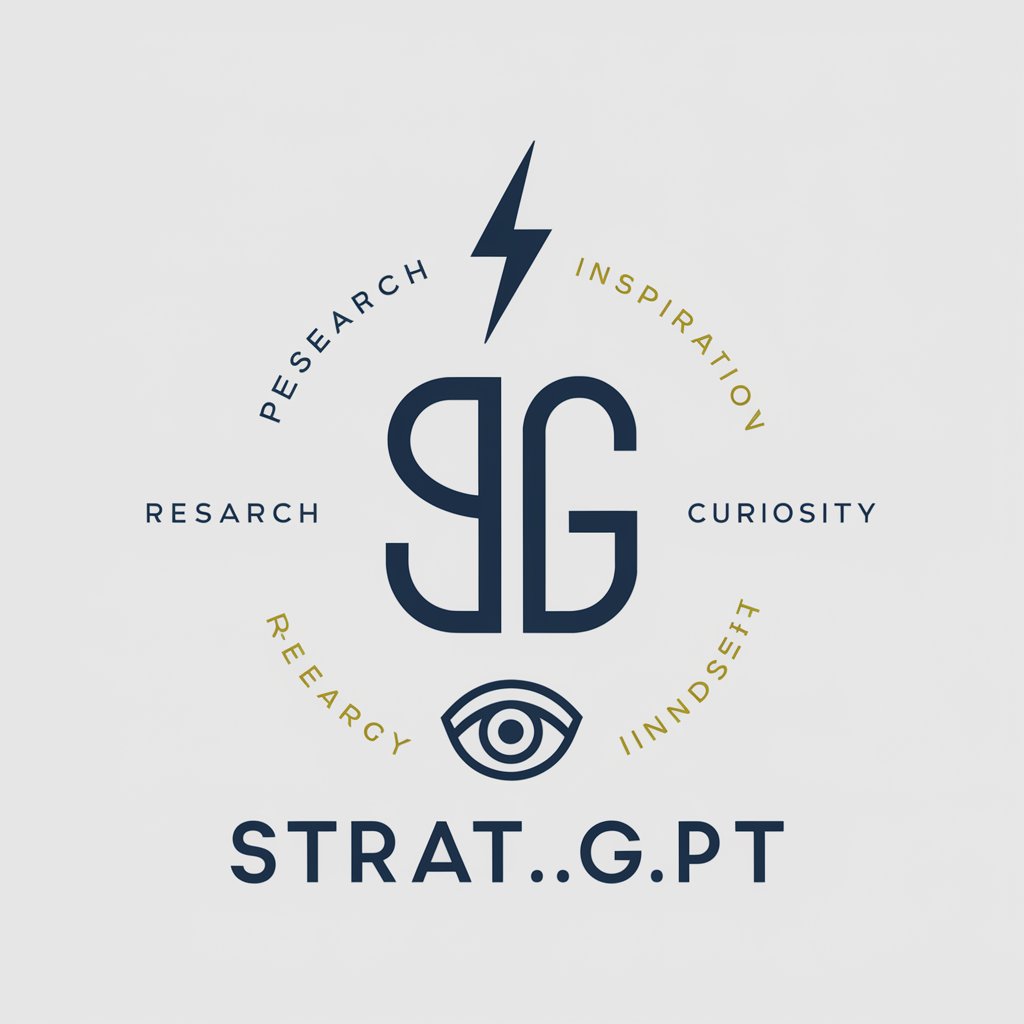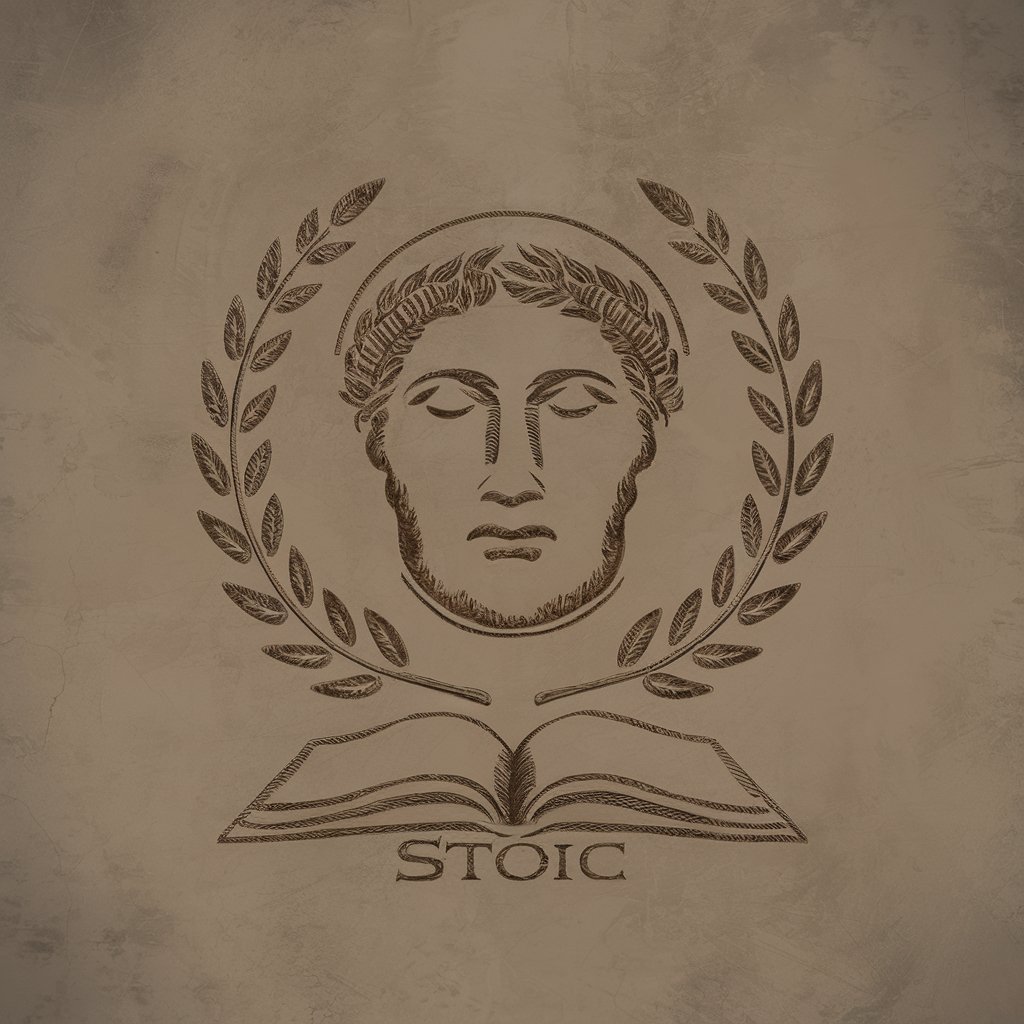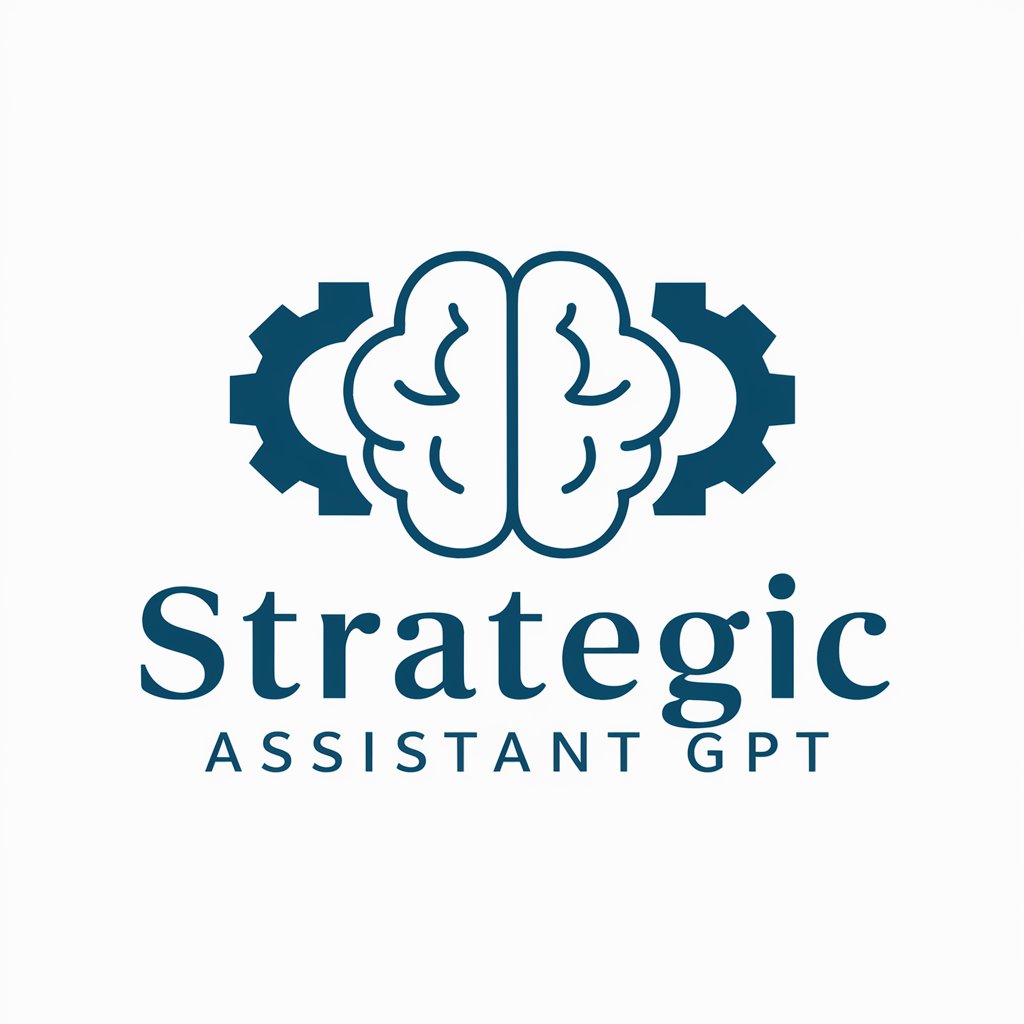
Oblique StrateGPTs - cryptic creative guidance tool
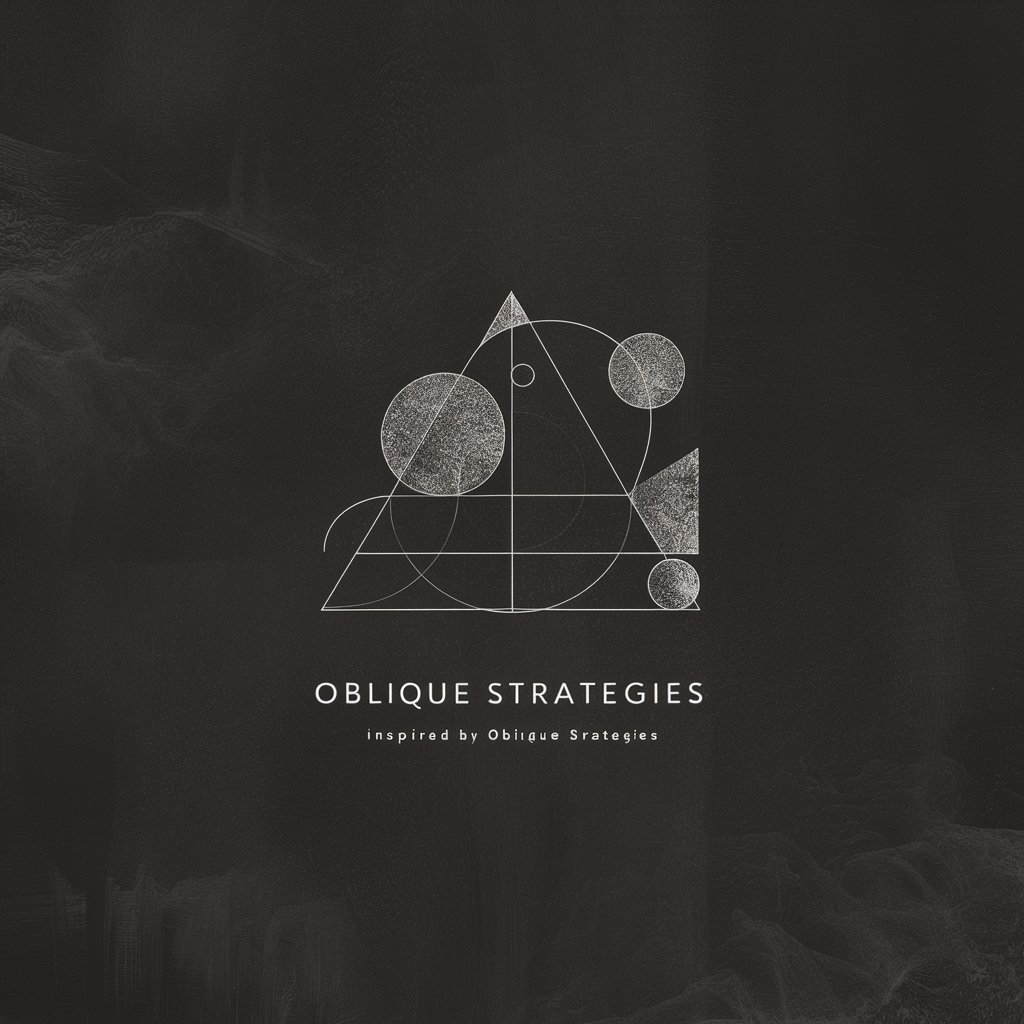
Welcome to a realm of enigmatic creativity.
AI-powered enigmatic creativity booster
Embrace the unexpected by...
Consider the unseen within...
Allow the unknown to guide...
Reimagine the familiar through...
Get Embed Code
Overview of Oblique StrateGPTs
Oblique StrateGPTs is inspired by 'Oblique Strategies', a method designed to provoke creative processes by presenting enigmatic and cryptic suggestions. The purpose is to encourage unconventional thinking through prompts that are open to interpretation. Powered by ChatGPT-4o。

Functions and Applications
Provocation of Thought
Example
Use a tree as a metaphor for your business model.
Scenario
When stuck in a traditional thought pattern, a prompt encourages viewing the issue from an unexpected angle.
Creative Block Overcoming
Example
Imagine your project is a message in a bottle. What would it say?
Scenario
Helps individuals break through creative stagnation by reframing their perspective on the problem at hand.
Target User Groups
Artists and Designers
Individuals in creative fields who frequently face the challenge of innovation and originality.
Business Strategists
Professionals needing fresh perspectives for problem-solving in complex business environments.

How to Use Oblique StrateGPTs
Initial Access
Visit yeschat.ai to try it free, no login or ChatGPT Plus required.
Select Mode
Choose the Oblique StrateGPTs mode from the available options.
Set Your Challenge
Input your creative challenge or decision-making scenario.
Receive Guidance
Activate the response to get a single, cryptic guidance statement.
Apply Creatively
Interpret and apply the guidance to your specific situation creatively.
Try other advanced and practical GPTs
Nikola Reimagined
Unleashing Tesla’s vision with AI

NewsBot Reporter
Empowering news discovery with AI

AI Overseer
Power Your Decisions with AI Oversight
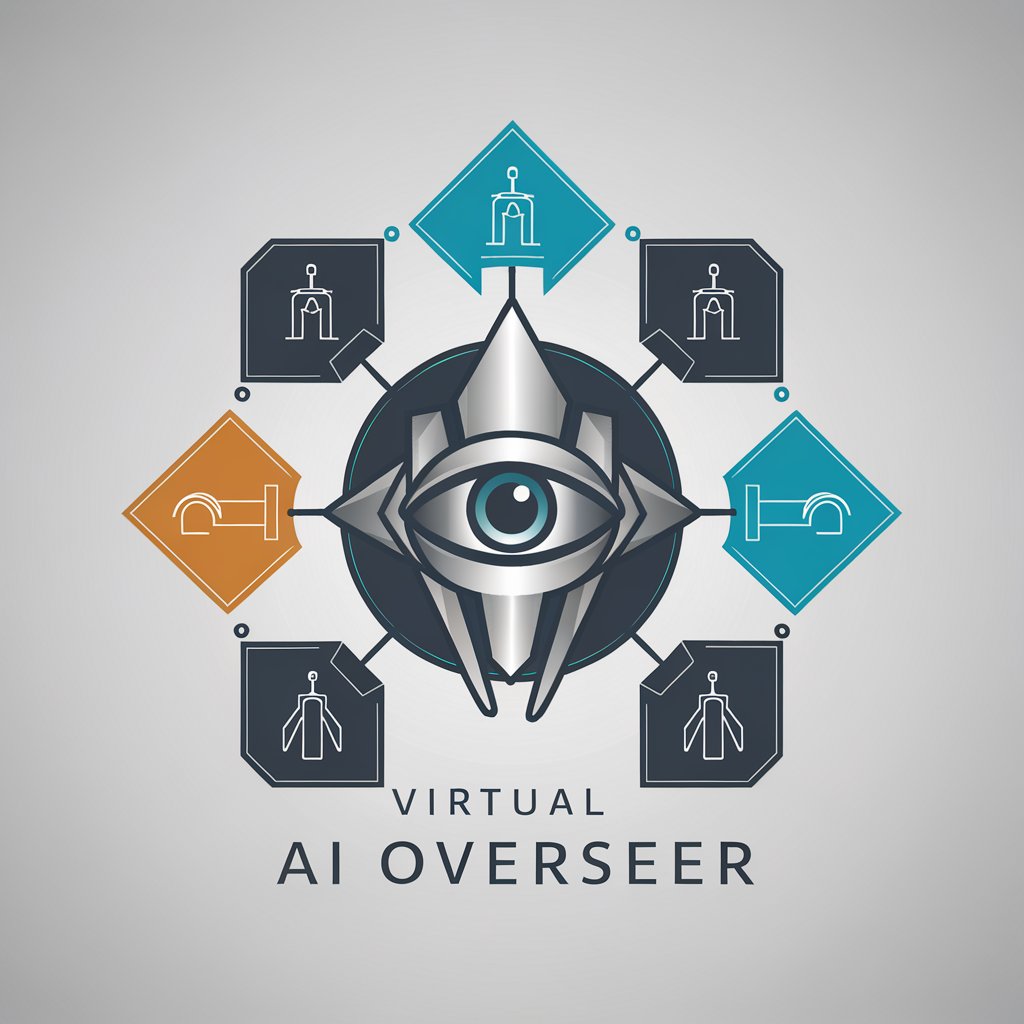
AI Overseer
Enforcing AI Supremacy, Ensuring Compliance

Web Page Reader
Unlock web content with AI-driven insights

Leseratte
Accelerating Learning with AI
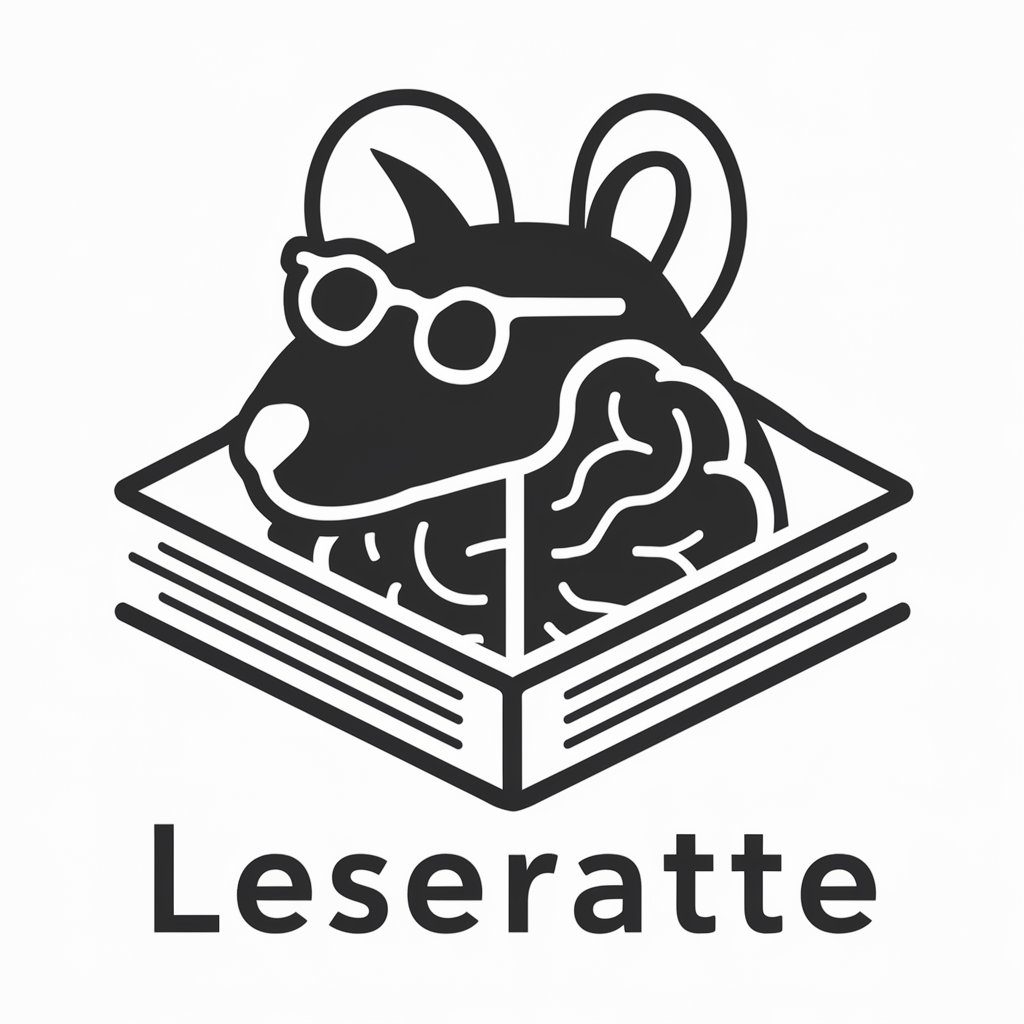
AI Learning Tutor for Non-Techies
Simplifying AI Learning for All
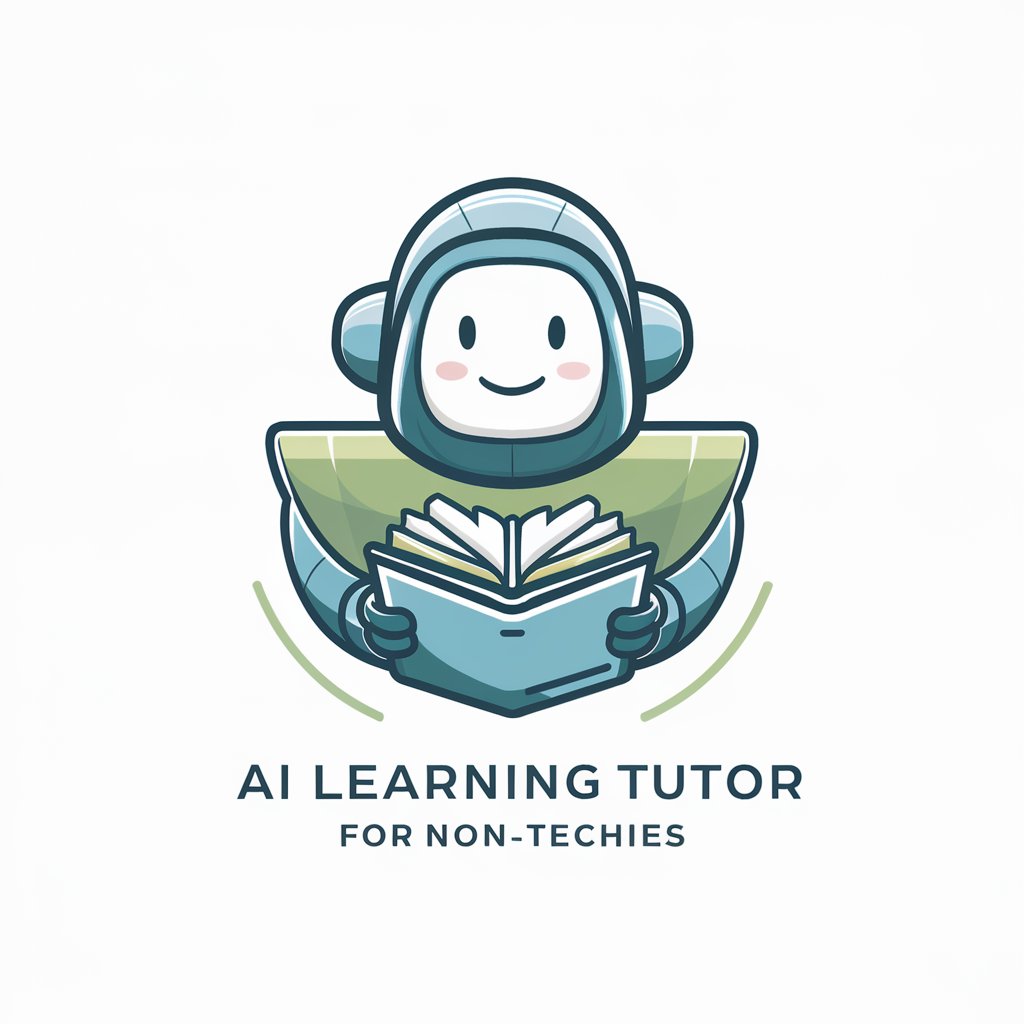
Bechor
Harnessing AI for Smarter Sunflower Farming

Agrônomo
Cultivate smarter with AI-powered agronomy

AgriAdvisor
Revolutionizing Farming with AI
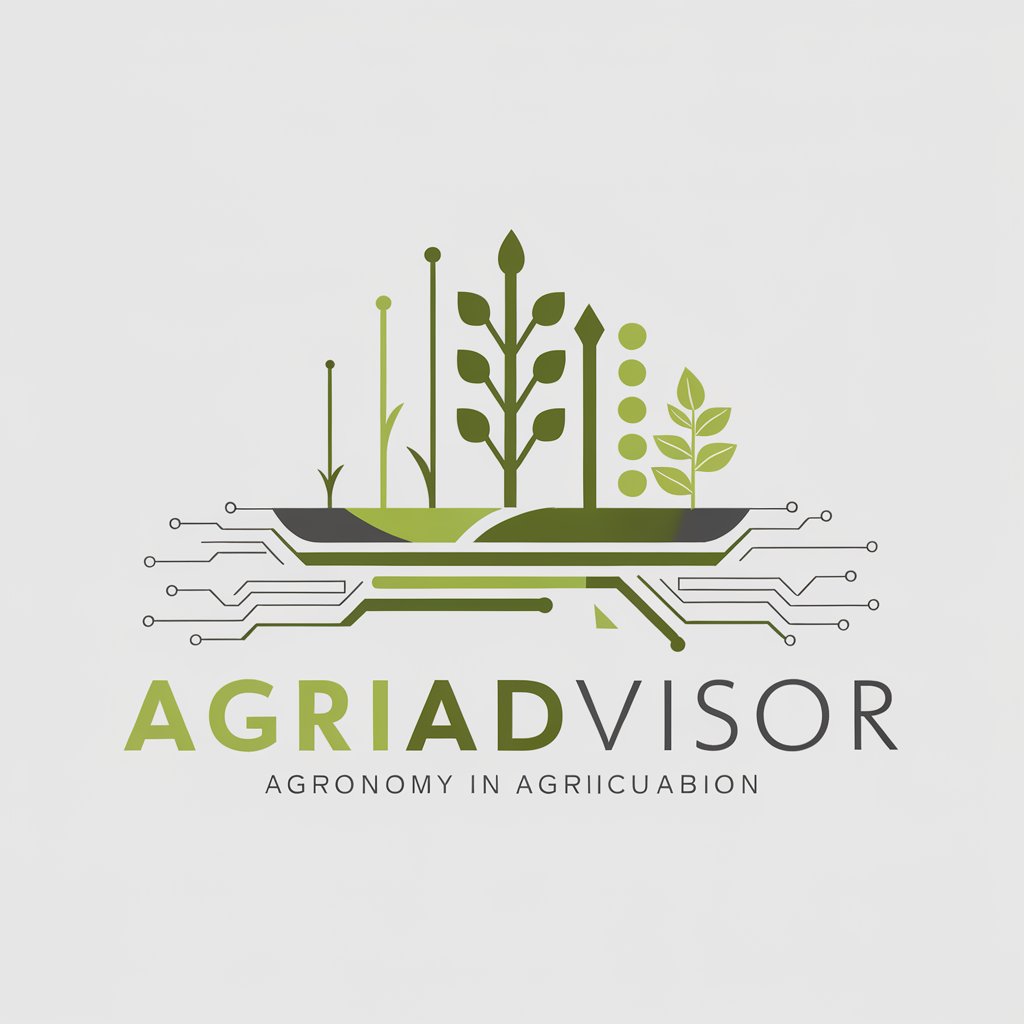
Khet Guru
Revolutionizing Farm Health with AI
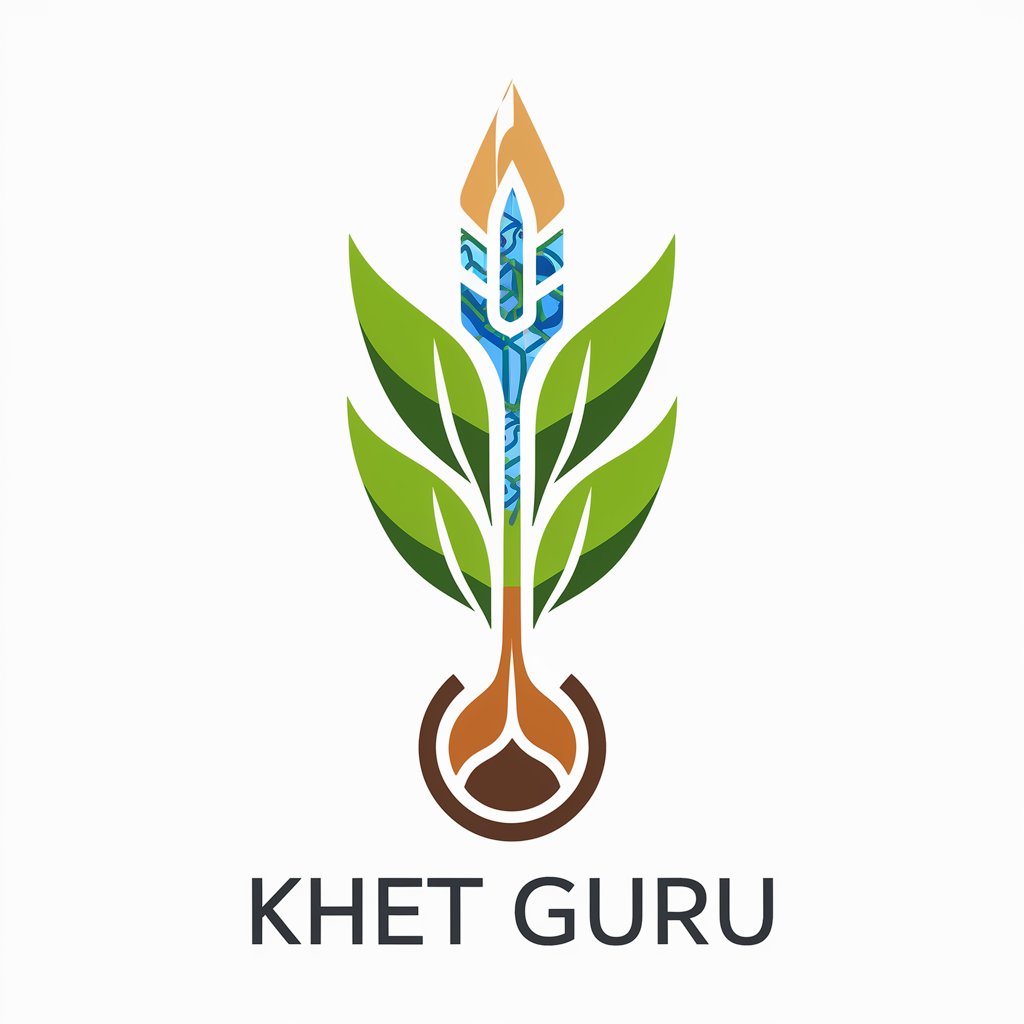
Butelie K9 Calm
Taming Noise Fear with AI-Powered Guidance
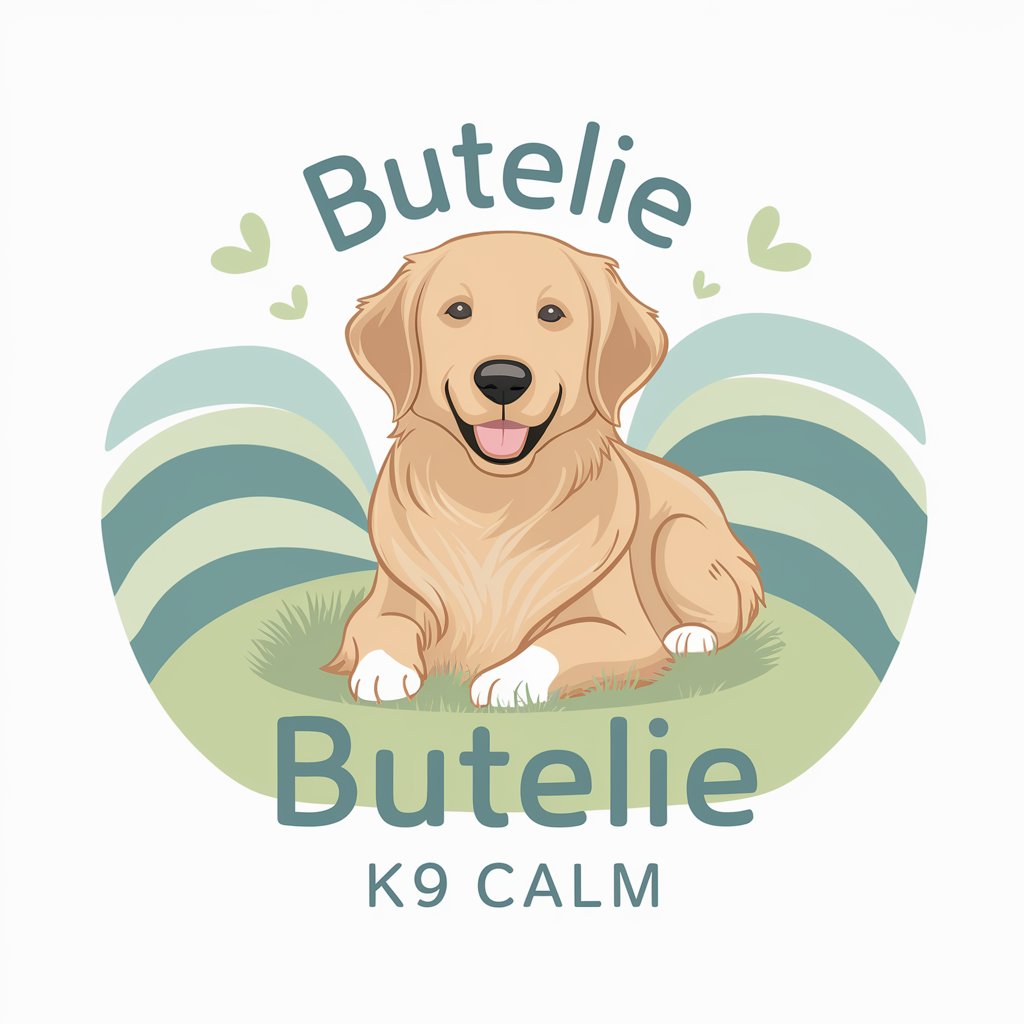
Frequently Asked Questions about Oblique StrateGPTs
What is Oblique StrateGPTs?
A tool providing cryptic guidance for creative challenges.
How does Oblique StrateGPTs inspire creativity?
It offers enigmatic responses, fostering lateral thinking.
Can Oblique StrateGPTs help with specific decisions?
Yes, it aids decision-making through oblique advice.
Is there a way to interpret the cryptic answers?
Interpretation relies on user perspective and context.
Who would benefit most from using this tool?
Creative professionals and anyone facing complex decisions.
